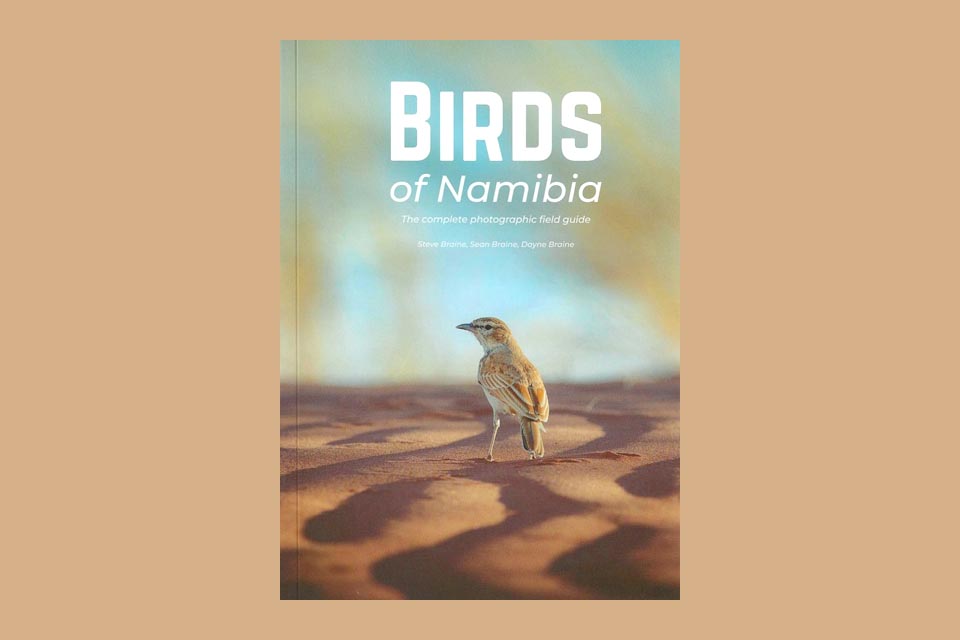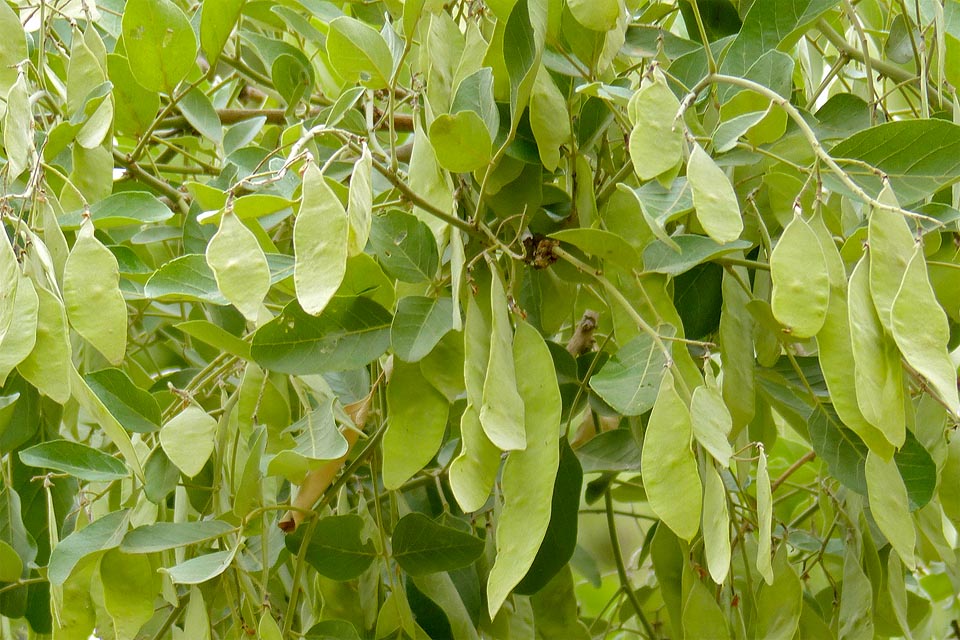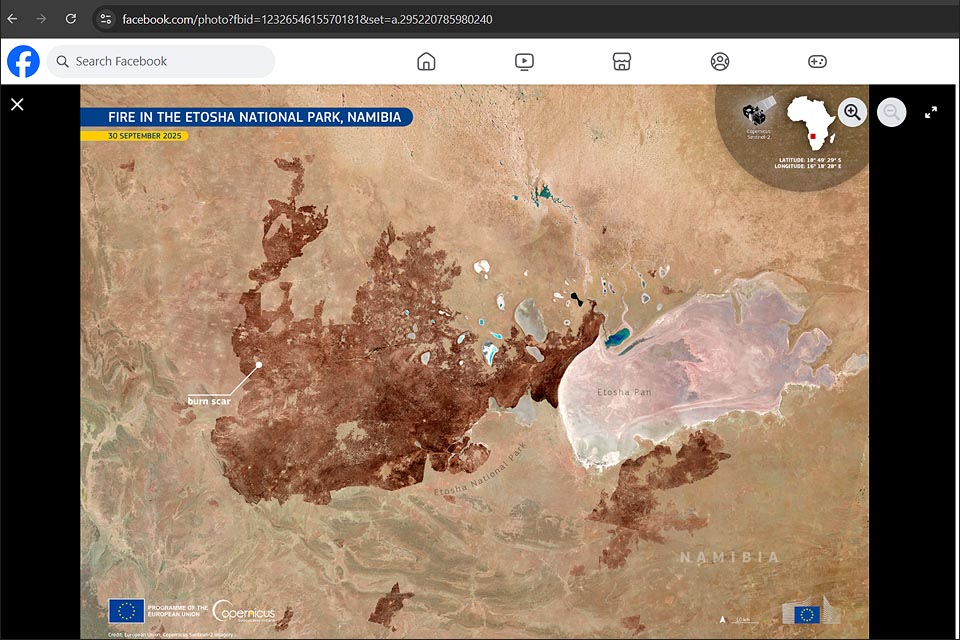In Africa, giraffe populations are declining. In Namibia, however, their numbers are stable. And in north-west Namibia, the population is even growing. This is according to the latest reports from the Giraffe Conservation Foundation (GCF).
The giraffes in north-west Namibia are Angola giraffes (Giraffa giraffa angolensis). This is a subspecies of the southern giraffe (G. giraffa), which is found in southern Africa. Its population was estimated at around 20,200 animals in 2020. Based on this and the multi-year trend, the Angola giraffe is not considered endangered.

Photo: GCF
The GCF estimates that a total of around 16,000 Angola giraffes live in Namibia. In the north-west, their number has increased to 472 in recent years (as of May 2024). Due to their barren habitat, they are also known there as 'desert giraffes'. However, they are not a separate species (neither are the desert elephants and desert lions that also live in the area).
There is a surplus of males in the giraffe population in north-west Namibia. 238 of the recorded giraffes are bulls and 222 are cows. In addition, there are 12 giraffe calves.
The increase in the number of desert giraffes is probably not due to offspring. According to the GCF, new adult giraffes are constantly being encountered. Apparently they are migrating into the area from far away. The giraffes can be identified by their spot pattern.
In the Hoanib Rivier (dry river), GCF staff counted 162 giraffes. In the Hoarusib further north there were 174 and in the area north of it 136. The giraffes in the Hoanib have recently had an even harder time than before. A maned lion that was released into the wild killed three giraffes within two months.
GPS tracking: desert giraffes roam far and wide

Photo: GCF
The desert giraffes are Angolan giraffes that know how to survive in their particularly barren habitat. One form of adaptation is their large radius of movement.
As the food supply is limited, the giraffes have to walk long distances to ensure their survival. The same applies to the search for mates. The desert giraffes in north-west Namibia lead the international field in terms of daily and monthly distances walked.
The GCF is currently monitoring the movements of 24 giraffes in north-west Namibia with the help of GPS trackers. Their 'Twiga Tracker' initiative includes 571 giraffes with GPS trackers in 17 countries in Central, West, East and Southern Africa.
In terms of territory size, the front-runner also comes from north-west Namibia. With an area of 3,730 km², a desert giraffe bull has astonished experts. This is almost equivalent to the total area (3,749 km²) of the three European capitals London (1,572 km²), Rome (1,285 km²) and Berlin (892 km²).
But even the smallest territory that the GCF has measured in desert giraffes is likely to bring tears to the eyes of the giraffes in the zoos of London, Rome and Berlin. It measures 82 square kilometres, larger than the area of a square with an edge length of 9 kilometres.

Photo: Gondwana Collection
Sven-Eric Stender





.png?width=82&height=85&name=Navigate%20Namibia-03%20(1).png)
SUBMIT YOUR COMMENT